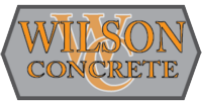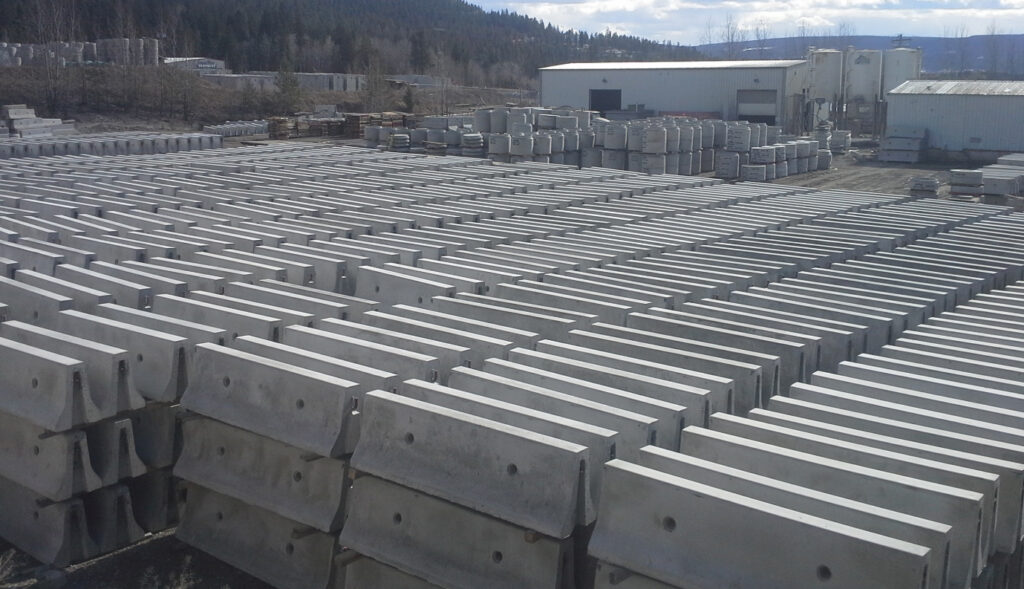The design of concrete safety barriers has changed and evolved quite a bit over the last few decades to slow, redirect, or stop errant vehicles from causing crashes with other vehicles or going off the side of the road. They are most commonly used between lanes of opposing traffic, known as a median barriers, and on the sides of roads, known as a roadside barriers. They are also often used as safety barriers during construction, as well as barriers to deter traffic from entering areas that are filled with foot traffic and pedestrians, such as parks, pedestrian malls, and markets.
There are multiple shapes and styles of concrete barriers and they have continuously changed and evolved with our provincial highway system. Common elements include a vertical face starting at the pavement level, then a sloped face, changing back to a nearly vertical face to the top of the barrier. They have been designed this way so that when a vehicle impacts the barrier, a significant portion of its energy is absorbed in the climbing or lifting action that occurs when the tires roll up the lower sloping face.
Precast concrete barriers are often called Jersey Barriers. Designed and tested by the New Jersey State Highway Department in 1959, the New Jersey barrier was one of the first concrete safety barrier designs to be used on a large scale. During the 1960’s and 1970’s “Jersey Barriers” spread throughout the United States and Canada and became the most commonly used type of concrete safety barrier. Several alternative designs of this style of safety barrier have evolved over the years. Since its inception in New Jersey, the Jersey Barrier has been adopted by governments all over world for use, including the British Columbia Ministry of Transportation and Infrastructure (MOTI).
Part of what makes British Columbia so beautiful is its dramatic landscapes. We want you to enjoy your travels through these amazing vistas, but we also want to make sure that you are safe along the way. Wilson Concrete’s precast facility manufactures the full line of precast concrete barriers as per MOTI standard specifications with delivery and installation throughout Northern BC and Yukon. Our truck drivers and certified crane operators deliver throughout the Yukon, Peace River Region, Northern BC and Northern Alberta. We manufacture and install the following types of precast concrete barriers:
- Roadside Barrier
- Drainage Barrier
- Tight Radius Barrier
- Pier Barrier
- Median Barrier
- Concrete Transition Barriers
- 18-Inch Sloped End Barrier
- 27-Inch Forestry Barrier
- 18-Inch Barrier (CLB)
- Bumper Curb
- Bullnose CBN-1 Barrier
- Standard Bridge Parapet
Wilson Concrete is the premier provider of precast concrete barriers in the Peace River region of British Columbia including Fort St. John, Fort Nelson, Dawson Creek, Chetwynd, Tumbler Ridge, and Hudsons Hope.

